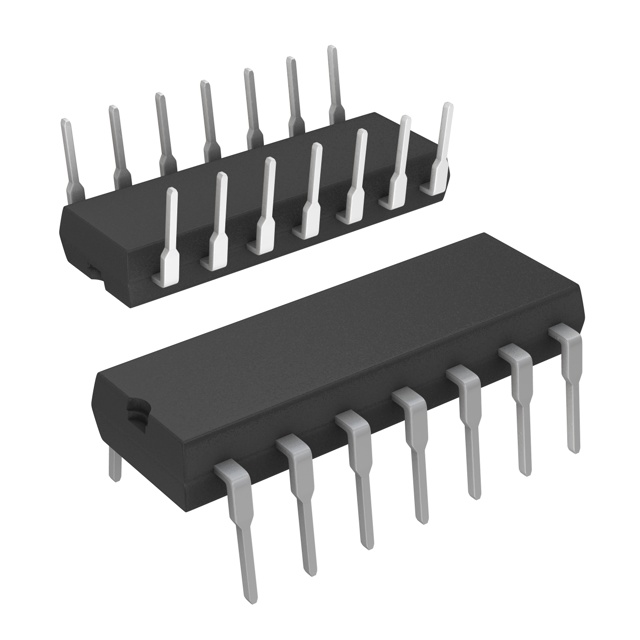74LVC132ABQ,115
Manufacturer No:
74LVC132ABQ,115
Manufacturer:
Description:
IC GATE NAND 4CH 2-INP 14DHVQFN
Datasheet:
Delivery:





Payment:




In Stock : 9779
Please send RFQ , we will respond immediately.









74LVC132ABQ,115 Specifications
-
TypeParameter
-
Package / Case14-VFQFN Exposed Pad
-
Supplier Device Package14-DHVQFN (2.5x3)
-
Mounting TypeSurface Mount
-
Operating Temperature-40°C ~ 125°C
-
Max Propagation Delay @ V, Max CL6.4ns @ 3.3V, 50pF
-
Input Logic Level - High1V ~ 2V
-
Input Logic Level - Low0.12V ~ 0.8V
-
Current - Output High, Low24mA, 24mA
-
Current - Quiescent (Max)40 µA
-
Voltage - Supply1.2V ~ 3.6V
-
FeaturesSchmitt Trigger
-
Number of Inputs2
-
Number of Circuits4
-
Logic TypeNAND Gate
-
PackagingCut Tape (CT)
-
PackagingTape & Reel (TR)
-
Product StatusActive
-
Series74LVC
The 74LVC132ABQ,115 is a quad 2-input NAND Schmitt trigger integrated circuit chip. Some advantages and application scenarios of this chip are:Advantages: 1. Schmitt trigger input: The Schmitt trigger feature ensures that the input signal is properly interpreted, even in the presence of noise or signal fluctuations. This makes the chip more immune to noise and provides better signal integrity. 2. Low voltage operation: The "LVC" in the part number indicates that the chip operates at low voltage levels, typically between 1.65V and 3.6V. This makes it suitable for use in low-power applications and battery-operated devices. 3. High-speed operation: The chip has a high-speed operation capability, making it suitable for applications that require fast switching and signal processing. 4. Wide temperature range: The chip is designed to operate over a wide temperature range, typically from -40°C to 125°C, making it suitable for use in various environmental conditions.Application scenarios: 1. Digital logic circuits: The 74LVC132ABQ,115 chip can be used in various digital logic circuits, such as counters, flip-flops, multiplexers, and registers. Its Schmitt trigger input ensures reliable signal detection and processing. 2. Signal conditioning: The Schmitt trigger feature of the chip makes it suitable for signal conditioning applications, where the input signal needs to be properly interpreted and cleaned up before further processing. 3. Noise immunity: The chip's ability to handle noisy input signals makes it suitable for applications where noise rejection is critical, such as in automotive electronics, industrial control systems, and communication equipment. 4. Battery-powered devices: The low voltage operation and low power consumption of the chip make it suitable for use in battery-powered devices, such as portable electronics, IoT devices, and wearable devices.It is important to note that the specific advantages and application scenarios may vary depending on the overall system requirements and design considerations.
74LVC132ABQ,115 Relevant information







